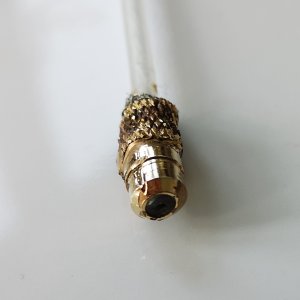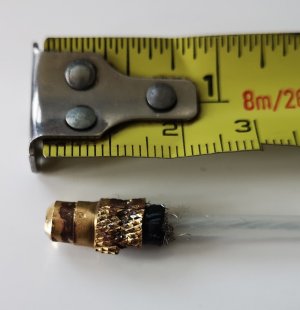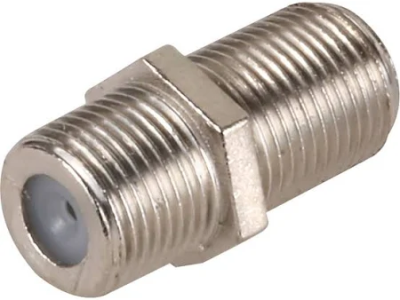stephen_h
Active member
Hi,
I have had to move my stand alone AIS aerial and re-route the coax cable.
In order to achieve this I had to cut of the fitting that goes to the aerial.
Pictures below - black outer cover removed while trying to remove the plug but it seams to be glued in?
I believe the cable is RG/Series 6 coaxial - 6mm diameter.
This plug just gets pushed into the underside of the aerial and then has a seperate plastic cover that screws on the holds it in place.
Any idea what the plug is and where I can get some?
Thanks, Steve

I have had to move my stand alone AIS aerial and re-route the coax cable.
In order to achieve this I had to cut of the fitting that goes to the aerial.
Pictures below - black outer cover removed while trying to remove the plug but it seams to be glued in?
I believe the cable is RG/Series 6 coaxial - 6mm diameter.
This plug just gets pushed into the underside of the aerial and then has a seperate plastic cover that screws on the holds it in place.
Any idea what the plug is and where I can get some?
Thanks, Steve




